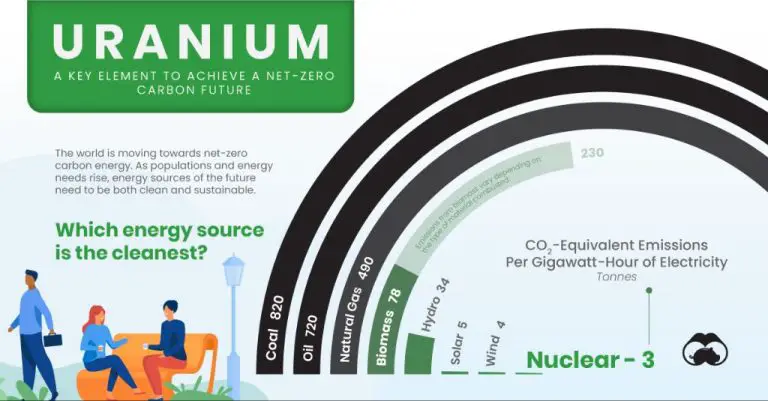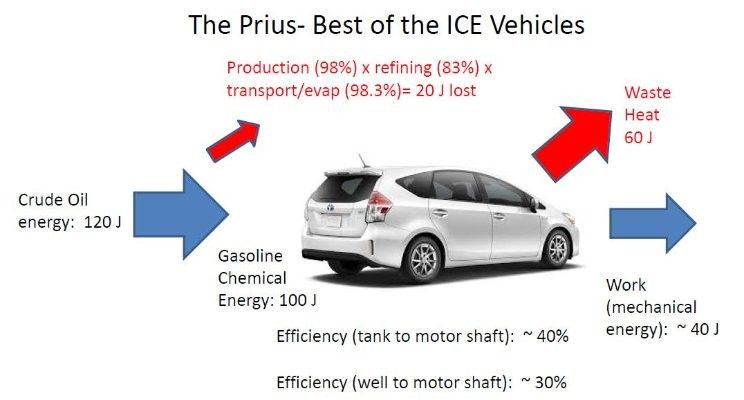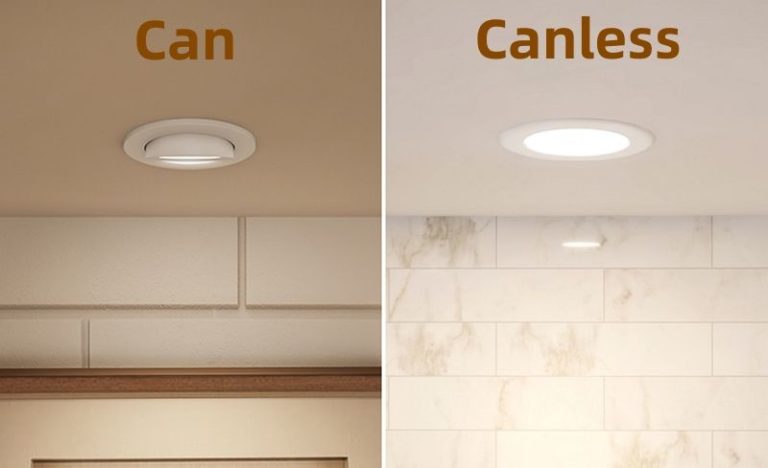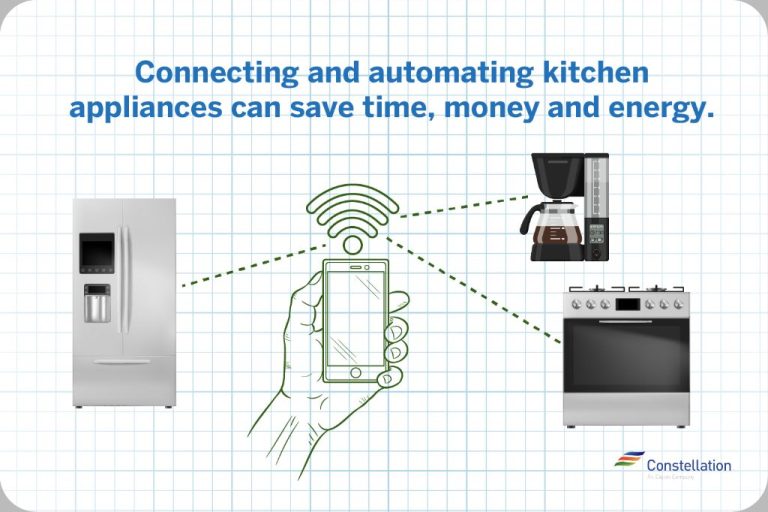What Is A Good Energy Efficiency Rating For Ac?
What is SEER Rating for Air Conditioners?
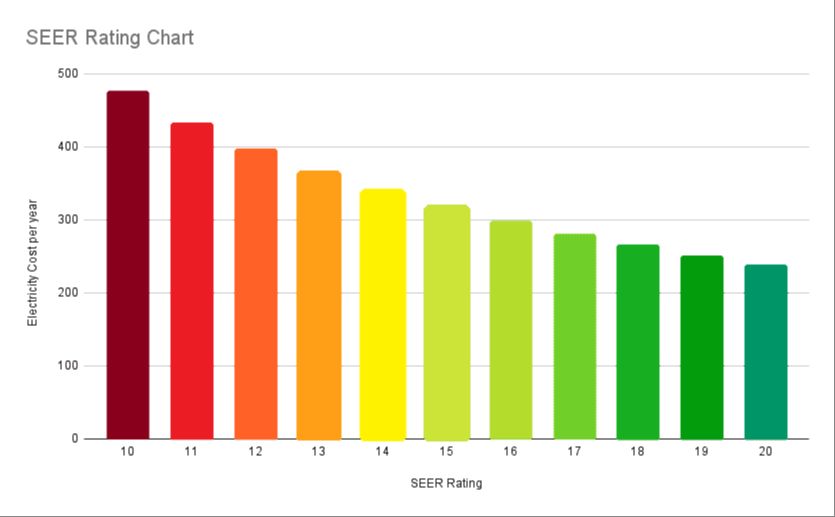
The SEER rating, or Seasonal Energy Efficiency Ratio, is the standard measure for the energy efficiency of air conditioners. SEER measures how efficiently an AC unit can cool a space while using a minimal amount of electricity (https://energy5.com/energy-efficiency-in-air-conditioning-new-innovations). The higher the SEER rating, the more energy efficient an air conditioner is likely to be. Choosing an AC unit with a high SEER rating will help save on energy costs over time.
Knowing the SEER rating is an important part of choosing a new air conditioner. With energy costs rising, many consumers are looking for ways to reduce their energy usage, especially with cooling solutions. More efficient AC units can translate to significant saving on monthly electricity bills. It also helps reduce the environmental impact of power generation. Energy efficiency should be a key consideration for any home or business owner looking to install a new air conditioning system.
What is SEER Rating?
SEER stands for Seasonal Energy Efficiency Ratio. It is a measure of the cooling efficiency of air conditioners and heat pumps over an entire cooling season. Specifically, SEER represents the total cooling of a system in British thermal units (BTUs) over the total electric energy it consumes in watt hours during a typical cooling season.
The higher the SEER rating, the more energy efficient the AC unit is. SEER is calculated by dividing the total cooling output of an AC system in BTUs by its total electric energy input in watt-hours during a typical cooling season. A higher SEER rating indicates a more efficient air conditioning system that will save on electricity costs over time.
Typical SEER Ratings
SEER ratings range from 13 to 25 for residential air conditioners. According to the Department of Energy, the minimum SEER rating allowed is 14 for systems manufactured after January 2006 [1]. Most standard efficiency AC units have a SEER between 13 and 18. Here are some typical SEER ratings:
- 13-14 SEER – Minimum efficiency
- 15-16 SEER – Standard efficiency
- 17-18 SEER – High efficiency
- 19+ SEER – Premium efficiency
While 14 SEER meets the minimum federal standards, most experts recommend looking for AC units with a minimum of 16 SEER for the best efficiency. The higher the SEER rating, the more energy efficient the AC unit is, potentially resulting in lower electricity bills. However, higher SEER units also tend to have a higher upfront cost.
Minimum Efficiency Standards
The U.S. Department of Energy (DOE) sets minimum efficiency standards for air conditioners under federal law. The purpose of these standards is to improve energy efficiency and reduce energy costs for consumers. The standards are part of the DOE’s Appliance and Equipment Standards Program.
The minimum SEER rating set by the DOE has increased progressively over the years. In 1992, the minimum SEER was 10. In 2006, it increased to 13. The most recent change occurred in 2015, when the minimum SEER rose to 14 [1]. This new standard took effect for systems manufactured after January 1, 2023.
Going forward, the DOE projects that the minimum SEER will reach 15 in 2025. Higher SEER ratings translate into greater energy savings and lower electricity bills for homeowners and businesses.
High Efficiency AC Units
High efficiency air conditioners typically have SEER ratings of 20 or higher. The highest efficiency units on the market today can reach up to SEER 26. While these ultra-high efficiency units come at a premium cost, they offer significant benefits compared to standard efficiency models.
According to Jacob’s Heating & Cooling, a SEER 21 air conditioner consumes only about half the energy of a SEER 10 unit.[1] This translates into major energy savings during the cooling season. For example, upgrading from a SEER 13 to a SEER 20 unit can reduce cooling costs by up to 30%.[2]
High SEER air conditioners also provide better dehumidification. By cooling your home faster, they lower indoor humidity levels which creates a more comfortable environment. High efficiency systems may also qualify for rebates and incentives from utility companies and local governments.
The upfront cost of a SEER 20+ unit can be 50-100% higher than a standard efficiency model. However, the energy savings often make up for the price difference over time. In warm climates where AC is used heavily, a high SEER model can pay for itself in just a few years.
Sources:
[1] https://jacobsheating.com/blog/seer-rating/
[2] https://www.trane.com/residential/en/resources/blog/whats-good-seer-rating/
SEER vs EER
SEER (Seasonal Energy Efficiency Ratio) and EER (Energy Efficiency Ratio) are both measurements of air conditioner efficiency, but they measure efficiency in different ways.
SEER measures the cooling efficiency of an air conditioner over an entire cooling season. It represents the total cooling output in BTUs divided by the total electric energy input in watt-hours during a typical cooling season.[1] SEER ratings range from 13 to 23 SEER for residential air conditioners.
EER measures instantaneous energy efficiency at a specific operating condition – 95°F outdoor temperature. It represents the cooling output in BTUs per hour divided by the electricity input in watts at that given temperature.[2] EER ratings range from 8 to 15 for residential units.
SEER is a better indicator of overall seasonal efficiency and energy costs. EER only provides a snapshot at peak conditions. SEER is the federally mandated efficiency standard. EER can be useful for comparing units of the same SEER rating.[3]
SEER in Different Climates
The ideal SEER rating for an air conditioner depends on the climate where it will be used. In hotter climates, a higher SEER rating is recommended to maximize energy savings. According to energy experts, a SEER rating of 14 or higher is recommended for hot climates. [Energy5] In milder climates like the Pacific Northwest, a SEER rating around 14 is typically sufficient [Energy5].
Here are some general SEER rating recommendations based on climate:
- Hot climates (e.g. Southwest, Southeast): SEER 14 or higher recommended [Energy5]
- Moderate climates (e.g. Mid-Atlantic, Northeast): SEER 13-14 is sufficient [Energy5]
- Cool climates (e.g. Pacific Northwest, Northern states): SEER 13 is adequate [Energy5]
The higher cost of high-SEER units is usually a worthwhile investment in hot areas where air conditioning is used heavily. In cooler climates, the energy savings may not justify the added upfront cost [Energy5]. Consulting with an HVAC professional to determine the right SEER rating based on your climate and usage can help maximize returns.
Estimating Energy Savings
You can calculate the estimated energy savings from upgrading to a higher SEER AC unit using this formula:
Energy savings (kWh) = (Old SEER rating – New SEER rating) x Annual cooling output (in BTUs) / 1000
For example, upgrading from a 10 SEER to a 16 SEER unit in a 2000 sq ft home with a cooling load of 30,000 BTUs would save:
(10 – 16) x 30,000 / 1000 = 600 kWh
At an electricity rate of $0.12 per kWh, that would save around $72 per year on cooling costs. Over 15 years, the energy savings could add up to over $1,000 [1].
Higher SEER units have a greater upfront cost, but the energy savings can make up for that over time. One analysis found that upgrading from a 10 to 16 SEER unit had a simple payback period of around 3-5 years in most climates [2]. Payback periods are shorter in hotter climates that require more cooling.
SEER Rating Cost
Higher SEER ratings generally mean higher upfront costs for air conditioning units. This is because higher efficiency systems require more advanced technology and materials, which cost more to manufacture. For example, according to Modernize, a baseline 14 SEER AC unit may cost around $2,000 to $4,000 installed. In comparison, an ultra high-efficiency 20+ SEER unit often ranges from $5,000 to $10,000 installed.
Carrier offers AC units ranging from 14 to 21 SEER. Their lower end Performance 14 SEER units cost around $3,595 installed, while their top-of-the-line Infinity 21 SEER systems run over $11,000 installed. Trane’s lower efficiency XR14 systems start around $4,500 installed, while their highest efficiency XV20i units can surpass $10,000 installed.
While higher SEER units cost more upfront, they can pay for themselves over time through energy savings. Calculating the payback period can determine if the investment is worthwhile. Important factors are local energy rates, climate, unit size, and expected years of use.
Conclusion
In summary, the SEER rating is an important factor to consider when purchasing an air conditioner, as it measures the overall energy efficiency and determines how much it will cost to operate. The minimum SEER rating mandated by the government is 14 SEER, but it is advisable to choose an AC unit with a higher rating like 18 or 20 SEER for greater long-term savings.
Opting for a higher SEER-rated AC means lower electricity bills in the summer months when the system is in frequent use. The moderate increase in upfront costs is recuperated over time through lower energy usage. In hotter climates, the savings are even greater thanks to reduced runtimes. While SEER mainly indicates seasonal efficiency, EER provides a snapshot of efficiency at peak conditions.
By selecting an ENERGY STAR certified, high-efficiency air conditioner, you can experience optimal cooling performance while cutting energy costs and environmental impact. The utility savings allow the higher initial investment to pay for itself within a few years. With valuable energy reductions and advanced technology that maintains comfort, a new high-SEER AC is a wise investment in any home.

